September Gardening Calendar
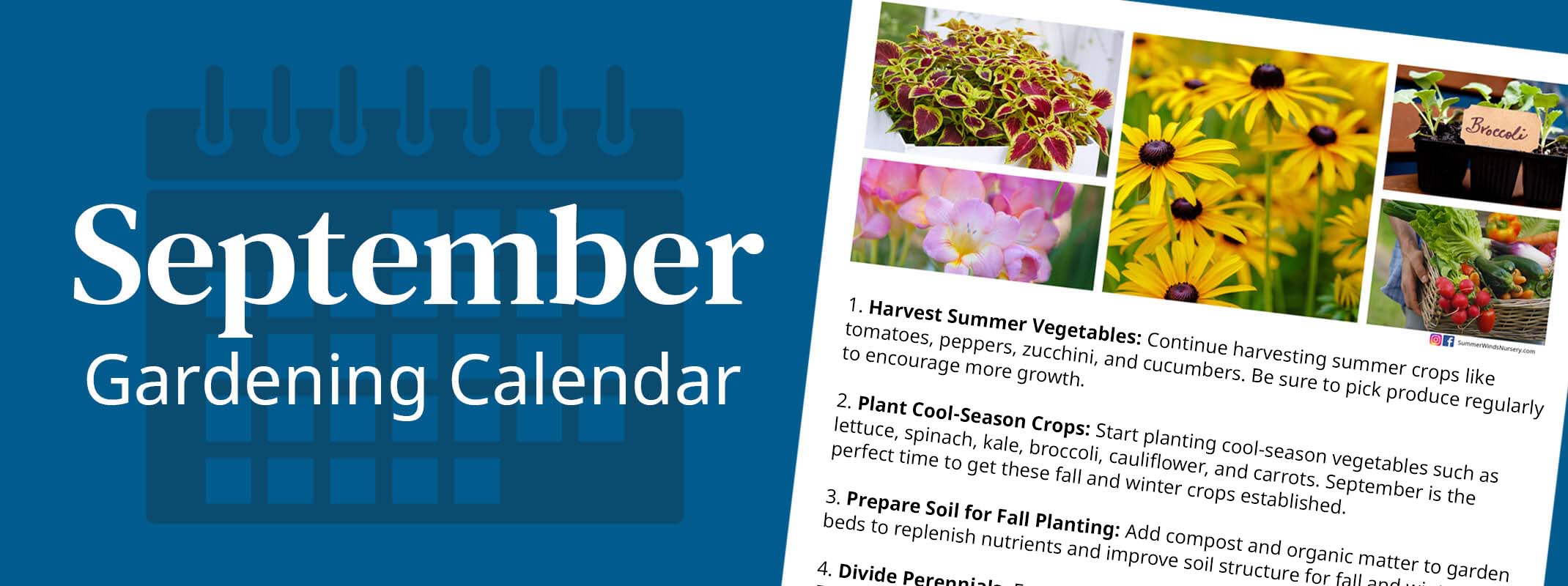 September is the perfect time to transition your Bay Area gardens from summer to fall. While the list may seem long, not all tasks may apply to your garden or are optional altogether. Here's a list of gardening projects for September to consider:
September is the perfect time to transition your Bay Area gardens from summer to fall. While the list may seem long, not all tasks may apply to your garden or are optional altogether. Here's a list of gardening projects for September to consider:
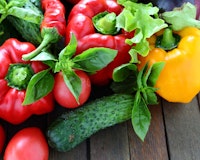 1. Harvest Summer Vegetables: Continue harvesting summer crops like tomatoes, peppers, zucchini, and cucumbers. Be sure to pick produce regularly to encourage more growth.
1. Harvest Summer Vegetables: Continue harvesting summer crops like tomatoes, peppers, zucchini, and cucumbers. Be sure to pick produce regularly to encourage more growth.
 2. Plant Cool-Season Crops: Start planting cool-season vegetables such as lettuce, spinach, kale, broccoli, cauliflower, and carrots. September is the perfect time to get these fall and winter crops established.
2. Plant Cool-Season Crops: Start planting cool-season vegetables such as lettuce, spinach, kale, broccoli, cauliflower, and carrots. September is the perfect time to get these fall and winter crops established.
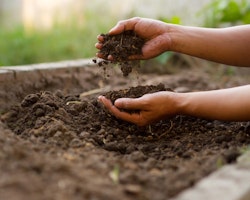 3. Prepare Soil for Fall Planting: Add compost and organic matter to garden beds to replenish nutrients and improve soil structure for fall and winter planting.
3. Prepare Soil for Fall Planting: Add compost and organic matter to garden beds to replenish nutrients and improve soil structure for fall and winter planting.
Soils to Consider:
- For preparing soil for fall planting in the Bay Area, SummerWinds Nursery recommends using a few specific soil amendments to enhance your garden beds:
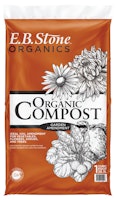 E.B. Stone Organics Organic Compost: This compost is ideal for adding organic matter to your soil, improving its structure, and replenishing nutrients. It's perfect for use in vegetable gardens, flower beds, and around trees and shrubs.
E.B. Stone Organics Organic Compost: This compost is ideal for adding organic matter to your soil, improving its structure, and replenishing nutrients. It's perfect for use in vegetable gardens, flower beds, and around trees and shrubs.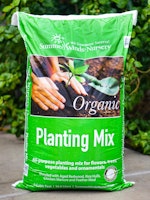 SummerWinds Planting Mix: A 100% natural and organic all-purpose mix, specifically formulated for the Bay Area. This mix is great for a wide range of plants including flowers, trees, and vegetables, and has received the CDFA seal of approval.
SummerWinds Planting Mix: A 100% natural and organic all-purpose mix, specifically formulated for the Bay Area. This mix is great for a wide range of plants including flowers, trees, and vegetables, and has received the CDFA seal of approval.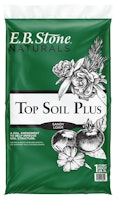 E.B. Stone Naturals Top Soil Plus: This general-purpose soil mixture can be used to rebuild garden areas or as a soil conditioner. It's recommended to use it in combination with fertilizers for best results.
E.B. Stone Naturals Top Soil Plus: This general-purpose soil mixture can be used to rebuild garden areas or as a soil conditioner. It's recommended to use it in combination with fertilizers for best results.
4. Divide Perennials: Early fall is a good time to divide overcrowded perennials like irises, daylilies, and ornamental grasses. This helps rejuvenate the plants and can give you more plants to spread around your garden.
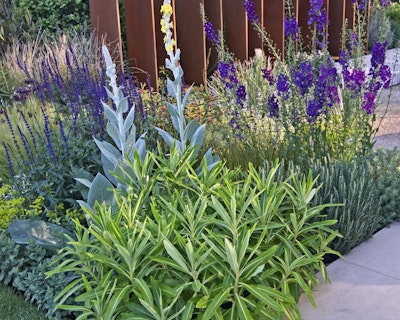 How to Divide Perennials
How to Divide Perennials
- 1. Choose the Right Time: The best time to divide most perennials is in early spring or early fall, when the weather is cooler, and the plant is not actively blooming. September is an ideal time in the Bay Area.
- 2. Prepare the Plant: Water the plant a day or two before you plan to divide it to reduce stress and make it easier to work with.
- 3. Dig Up the Plant: Carefully dig around the base of the plant, starting a few inches away from the crown, to lift the entire root ball out of the ground.
- 4. Divide the Plant: Use a sharp knife, spade, or garden fork to gently separate the root ball into smaller sections. Each section should have at least 3-5 healthy shoots and a portion of the root system.
- 5. Replant Immediately: Replant the divisions as soon as possible in well-prepared soil at the same depth as they were originally growing. Water them well after planting to help them settle in.
- 6. Care for the Divisions: Keep the newly divided plants well-watered until they establish themselves in their new location. You may also want to mulch around them to help retain moisture and reduce stress.
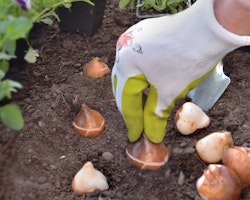 5. Plant Fall Annuals and Bulbs: Plant fall-blooming annuals like pansies, violas, and mums for a splash of color. Also, consider planting spring-blooming bulbs like tulips, daffodils, and hyacinths in September for a beautiful display next year. – Bulbs coming soon!
5. Plant Fall Annuals and Bulbs: Plant fall-blooming annuals like pansies, violas, and mums for a splash of color. Also, consider planting spring-blooming bulbs like tulips, daffodils, and hyacinths in September for a beautiful display next year. – Bulbs coming soon!
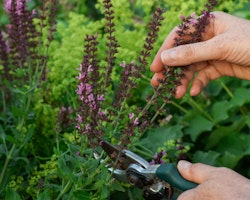 6. Prune and Deadhead: Continue deadheading spent flowers to encourage more blooms and tidy up the garden. Prune summer-blooming shrubs after they finish flowering but avoid heavy pruning of trees and shrubs until winter.
6. Prune and Deadhead: Continue deadheading spent flowers to encourage more blooms and tidy up the garden. Prune summer-blooming shrubs after they finish flowering but avoid heavy pruning of trees and shrubs until winter.
7. Water Wisely: With cooler temperatures, plants will need less water. Adjust your irrigation schedule accordingly and continue deep watering trees and shrubs to help them withstand any remaining heat.
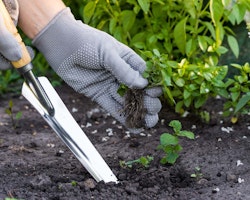 8. Weed Control: Keep up with weeding to prevent them from setting seed. A clean garden bed will help reduce weeds in the spring.
8. Weed Control: Keep up with weeding to prevent them from setting seed. A clean garden bed will help reduce weeds in the spring.
9. Mulch: Refresh mulch around plants to help retain moisture, regulate soil temperature, and suppress weeds.
10. Plan for Winter Cover Crops: If you have garden beds that will be resting over winter, consider planting cover crops like clover or vetch to improve soil fertility and structure.
11. Pest and Disease Monitoring: Keep an eye out for pests and diseases, especially as the weather cools. Treat any issues promptly to prevent them from spreading.
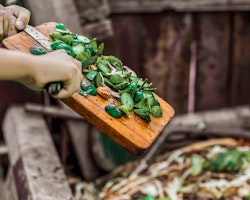 12. Start a Compost Pile: With plenty of garden waste from summer clean-up, September is a great time to start or refresh your compost pile.
12. Start a Compost Pile: With plenty of garden waste from summer clean-up, September is a great time to start or refresh your compost pile.
By tackling these tasks in September, Bay Area gardeners can enjoy a smooth transition from summer to fall and set the stage for a productive and beautiful garden in the coming months.
Click the button below to download a PDF version of this calendar, for easy printing or larger viewing...
Contact your local SummerWinds Nursery to learn more.
At SummerWinds, We Guarantee Success!
Want the gardening calendars emailed to you monthly?
Simply subscribe below to receive our weekly newsletter.

